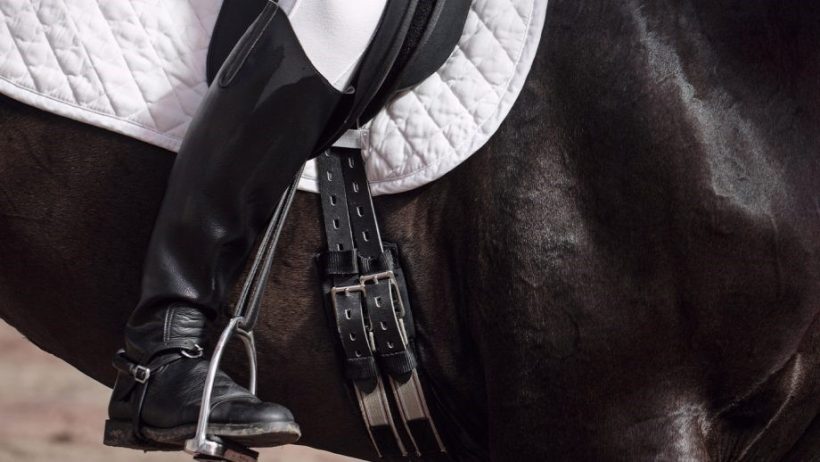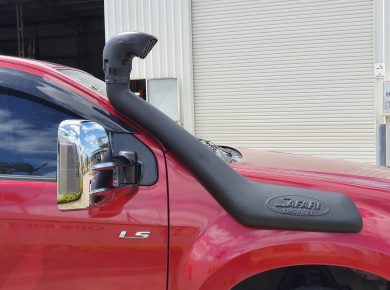As a dressage rider, you know the importance of having the right equipment for both you and your horse. One essential piece of tack that can greatly impact your horse’s comfort and performance is the dressage girth. But with so many options available, how do you choose the right one? In this article, we will delve into the world of dressage girths, discussing the different types, materials, and features to consider when selecting the perfect girth for your horse. So, let’s get started on finding the ideal dressage girth for your equine partner!
Understanding the Purpose of a Dressage Girth
A dressage girth is designed to secure the dressage saddle on your horse while allowing for maximum freedom of movement and comfort. The girth should distribute pressure evenly across your horse’s barrel, minimize the risk of pinching or rubbing, and prevent the saddle from slipping or shifting during your ride. A well-fitting dressage girth can make a significant difference in your horse’s performance and willingness to work, so it’s crucial to choose the right one.
Different Types of Dressage Girths
There are several types of dressage girths to choose from, each with its own advantages and disadvantages. Some of the most common types include:
1. Straight Girths: These traditional dressage girths have a uniform width throughout their length and are typically made from leather, synthetic materials, or a combination of both. They are suitable for most horses, but some riders may find that they cause pressure points or restrict their horse’s movement.
2. Contoured Girths: Designed to follow the natural curve of your horse’s barrel, contoured girths can help to distribute pressure more evenly and reduce the risk of pinching or rubbing. They are available in various materials and are often preferred by riders with sensitive or hard-to-fit horses.
3. Anatomical Girths: These girths are shaped to allow for greater freedom of movement in the horse’s shoulder and elbow areas. They are ideal for horses with a forward girth groove or those prone to girth-related issues, such as girth galls or saddle slipping
Dressage Girth Materials: Pros and Cons
Dressage girths are available in a variety of materials, each with its own benefits and drawbacks. Some common materials include:
1. Leather: A traditional choice, leather dressage girths are durable, comfortable, and often considered the most aesthetically pleasing option. However, they can be more expensive and require regular care and maintenance to keep them in good condition.
2. Synthetic Materials: Girths made from materials such as neoprene, gel, or synthetic leather are often more affordable and easier to care for than their leather counterparts. They can also provide additional cushioning and shock absorption, but some riders may find them less breathable or less attractive than leather girths.
3. Sheepskin Or Fleece: Girths with sheepskin or fleece lining can be incredibly comfortable for your horse and help to prevent rubbing or chafing. However, they may require more frequent cleaning and may not be suitable for horses with allergies or sensitive skin.
How to Measure for the Correct Girth Size
To ensure the best fit for your horse, it’s essential to measure for the correct girth size. Here’s how:
1. Place your dressage saddle on your horse without a saddle pad.
2. Use a soft measuring tape or a piece of string to measure from the middle hole of the billet strap on one side, under your horse’s belly, to the corresponding billet strap on the other side.
3. If using a string, lay it flat against a measuring tape to determine the length in inches.
4. Add 2 inches to this measurement to allow for adjustments and stretching.
Ensuring Proper Girth Fit
A well-fitting dressage girth should be snug but not overly tight, with enough room for you to slide your hand between the girth and your horse’s barrel. The girth should be fastened on the middle hole of the billet straps, allowing for adjustments as needed. Check for any signs of pinching, rubbing, or discomfort, and ensure that the girth does not interfere with your horse’s shoulder or elbow movement.
Tips for Girth Care and Maintenance
Proper care and maintenance of your dressage girth can help to prolong its lifespan and ensure your horse’s comfort. Some tips include:
- Clean your girth regularly, using a mild soap and water for synthetic materials or a leather cleaner and conditioner for leather girths.
- Inspect your girth for signs of wear or damage, such as frayed stitching, cracked leather, or stretched elastic.
- Store your girth in a cool, dry place away from direct sunlight or extreme temperatures, which can cause damage to the materials.
- Rotate between two or more girths, if possible, to allow them to dry out and recover between uses.
Conclusion:
Selecting the right dressage girth for your horse is an essential part of ensuring their comfort and performance in the saddle. By understanding the different types and materials available, measuring for the correct size, and ensuring a proper fit, you can find the perfect girth for your equine partner. Remember to care for and maintain your girth regularly to keep it in top condition for years to come. With the right dressage girth, you and your horse can enjoy a harmonious partnership in the dressage arena.











